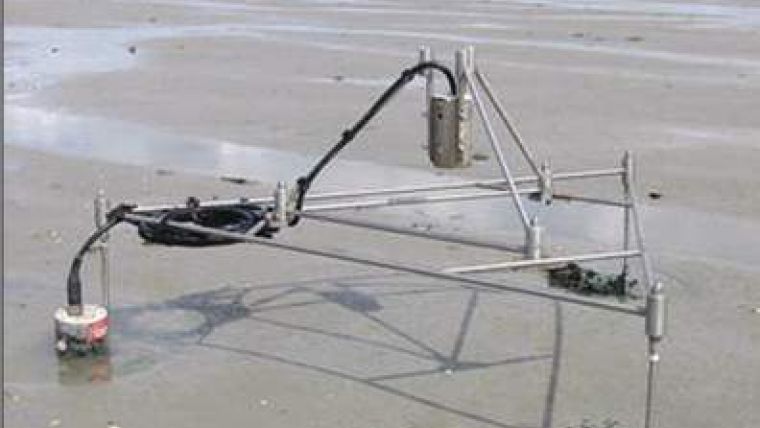Sediment-erosion Measurement Technology
Partrac, UK, has introduced the Genesis Altimeter, a technology designed to measure small-scale changes on seabed elevation levels. The device takes high-resolution measurements of sediment erosion and deposition on the seabed, enabling users to determine the impacts of sediment movements on ecological and environmental systems.
In most coastal and estuarine settings, the seabed elevation (water depth/bathymetry) changes due to the processes of sediment and sediment deposition on a daily basis. More pronounced changes occur when wave energy can penetrate to the seabed during winter storms. Changes in seabed level greater than ~0.10 – 0.15m can be detected using conventional single- and multi-beam echosounders. From a navigational safety viewpoint, it is only changes at scales greater than this which are of importance. However, smaller scale changes (mm - cm) are important to, amongst others, benthic habitat stability, contaminated sediment impacts, dredging impact evaluation e.g. siltation onto sensitive benthic communities, and benthic ecosystem function. Within these examples, the transfer of sediments on the small scale can have considerable ecological and environmental impact.
The Genesis 2MHz High Resolution Recording Altimeter is a marine sonar (3.6° at –3dB beam width) capable of measuring small scale (mm – cm) changes in sediment level in coastal and estuarine environments. It is based on an echo sounder which can be deployed onto fixed infrastructure or on a special frame which is designed to avoid any sediment scouring in the measurement area. The elevation resolution varies with fixed distance (2 mm, for range 20 to 70cm; 5mm for range 20 to 200cm). The instrument is autonomous and self-logging, and can operate unattended for periods up to 9 months (variable according to sampling frequency). A second channel measures water pressure (depth), which can also be configured to sample for waves.
Communication with Genesis is uniquely via a serial port data pencil and by induction. By holding the data pencil against the unit data and commands are transferred (@57,600 bauds) – ideal for wet muddy environments. Genesis can be configured for inter-tidal and sub-tidal deployment.














